- Home
- Blog Archives
Blog Archives
-

【JLPT N5★んです (ndesu) 】
Meaning: explanatory or emphatic form (giving reasons, explanations, or emphasis…
-
【JLPT N5★どのくらい(dono kurai)”How much…?” 】
Meaning: "how much/how many" (asking about quantity, amount, or degree)Grammar…
-

【前置詞 preposition~の前に (in front of)、~の後ろに(behind)、~…
日本語 にほんご Japanese(1)たこ焼き屋は駅の前にあります。(2)カラオケ屋はあのビルの前にあります。(3)中学校はあの病院の後ろにあ…
-

Life is unpredictable and interesting.
It seems that the world is getting chaotic in the year 2016. The Brexit and the …
-
【JLPT N3★何回(nan kai)”How many times?” …
Formation: 何回(なんかい/nankai)Meaning: How many times….?日本語 / にほんご…
-

【JLPT N3★passive voice of inconvenience】
Like the passive form, the passive form of inconvenience is used to describe tha…
-

【JLPT N3★passive voice Vれる・Vられる】
The passive voice is expressed by the stem of the negative (nai) form of a verb,…
-

【JLPT N3★Subordinate Clauses S1+が+V1…ことを S2…
【日本語 】彼がオランダ語を話せることを私は知っています。S1+が+V1...ことを S2はV2【English 】I(S2) think(V2) tha…
-

【JLPT N3★それは…という意味です. “It means…”】
日本語 / にほんご / Japanese (1)それは幸せであるという意味です。(2)それは「置く」という意味です。(3)それはあなたが彼女を失う…
-

Reading out loud is the core of my language study …
When you learn a language, how do you do it?Reading out loud is the core of …
-
【JLPT N3★ずにはいられない (zu niwa irarenai): can’t help b…
Meaning: can’t help but feel, can’t help but doFormation:Verb-ないform (remo…
-
【JLPT N3★ずに (zuni): without doing】
Meaning: without doingFormation:Verb-ないform (remove ない) + ず(に)…
-
【JLPT N3★ようとしない (you to shinai): not try to, not m…
Meaning: to not try to, to not try to make an effort toSomeone other than sp…
-

【JLPT N3★ようとする (you to suru) ”try to, be ab…
Meaning:try to, be about toFormation:Verb-volitional* + うとする*done intentio…
-

【JLPT N3★ように (you ni): in order to, so that】
Meaning: in order to; so that; to intend to make things work as you hopeForm…
-

【JLPT N3★ような気がする (you na ki ga suru) “have a…
Meaning: have a feeling that…, think that…Formation:Verb-casual + (ような)気がするN…
-
【JLPT N3★わりに (wari ni): considering, although, rat…
Meaning: although, rather, unexpectedlyYou use わりに to talk about an unexpect…
-
【JLPT N3★わけにはいかない (wake niwa ikanai): must not, ca…
Meaning 1: must not, cannot afford to, can’t very wellMeaning 2: must, have no …
-
【JLPT N3★わけがない (wake ga nai): there is no way that…
Meaning: there is no way that…Formation:Verb-dictionary form + わけがないVerb…
-
【JLPT N3★わけではない (wake dewa nai): it doesn’t mean t…
Meaning: it doesn’t mean that; it is not the case that; I don’t mean that; it is…









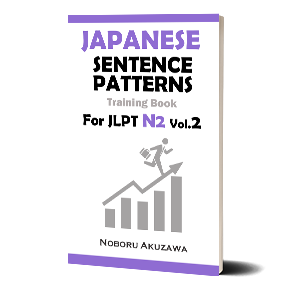
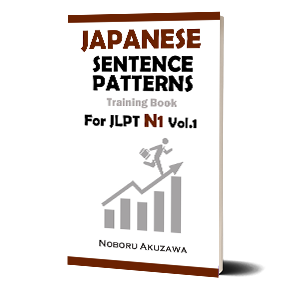
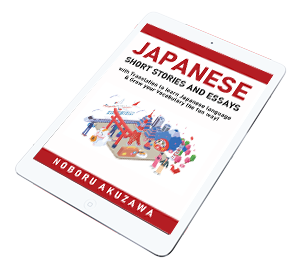
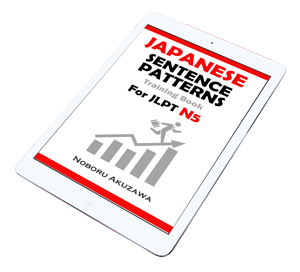
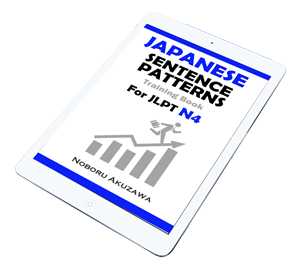
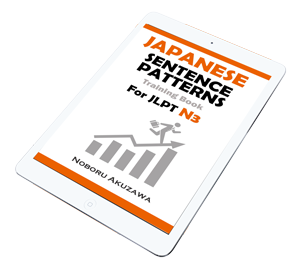

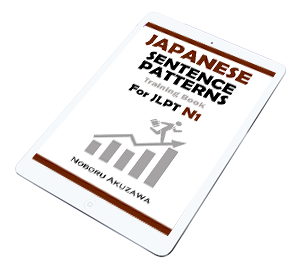
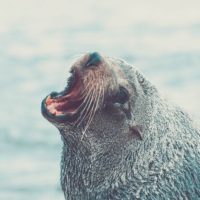


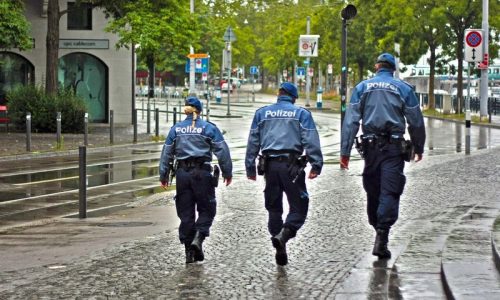
Recent Comments